Isolators
What are Isolators?
Isolators are clean air devices providing a complete separation between an aseptic process (hazardous/non-hazardous), the technical personnel, and the surrounding work environment. Isolators are generally used in applications requiring a high degree of protection from external elements or contaminants.
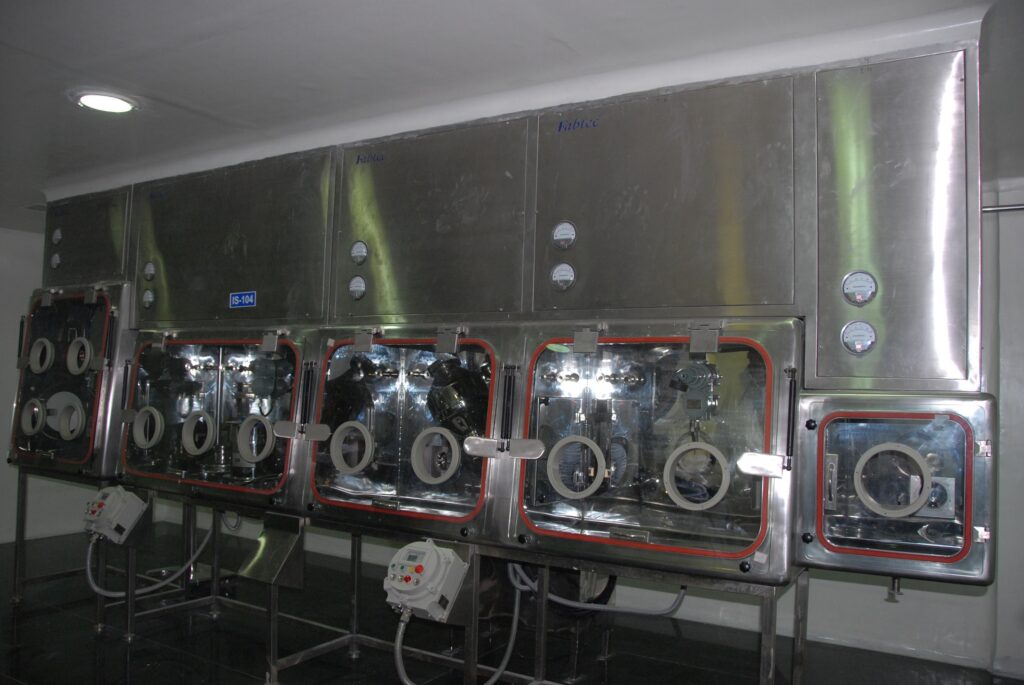
Isolator Configurations:
Isolators can be configured to have either positive or negative pressure relative to the surrounding environment depending on the application. Positive pressure isolators provide product protection against contaminants, hence maintaining sterility; while negative pressure isolators, on the other hand, provide personnel and or environmental protection by containing the hazardous or toxic materials inside the isolator.
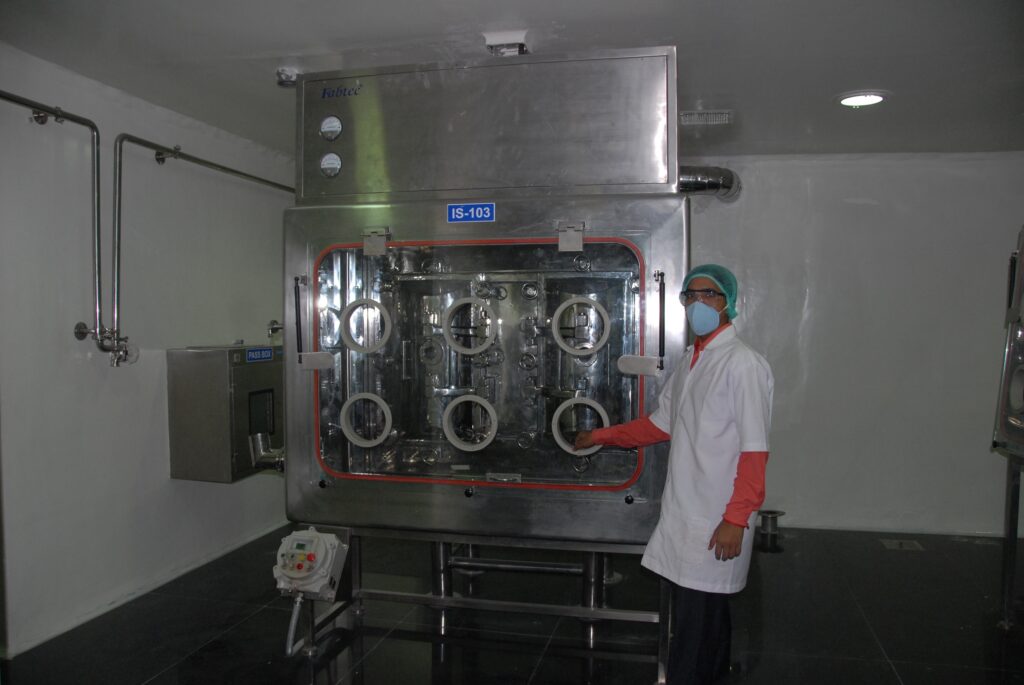
Types of Isolators
Containment Isolators
The containment isolators have been designed to create a physical barrier between the product and the operators so as to create a controlled environment having negatively pressurized conditions with reduced oxygen. This condition has been achieved using inert gas. A typical containment isolators are used for low level cytotoxic or products that are less hazardous. They are designed with inbuilt capabilities and integrate with new and existing equipment
Aseptic Isolators
Also known as a laminar flow glovebox isolator, this type of containment isolators helps technicians in the safe handling of materials during the compounding and material transfer because of the presence of the complete barrier in between. A series of HEPA filters keep a tab on contaminated air from getting recirculated back into the lab.
The aseptic isolators can be used for non-hazardous and hazardous materials and provide a clean and safe atmosphere. A compounding aseptic containment isolator is additively used while working with hazardous material to create a negative pressure-controlled environment while handling non-hazardous material, a compounding aseptic isolator is used in order to create a positive pressure inside.
Bio Isolators
Biological isolator or safety cabinets are commonly used in pathology labs or research labs where it is needed to work with pathogenic microorganisms, human or animal tissue, DNA isolation techniques, etc. These cabinets come with laminar airflow filters to protect the lab workers from getting exposed to such degrees of biohazards. Depending upon the degree of hazard, these isolators have been categorized into three classes I, II and III. Class III is considered to be the safest of all as it can work at the level of microscopic organisms.
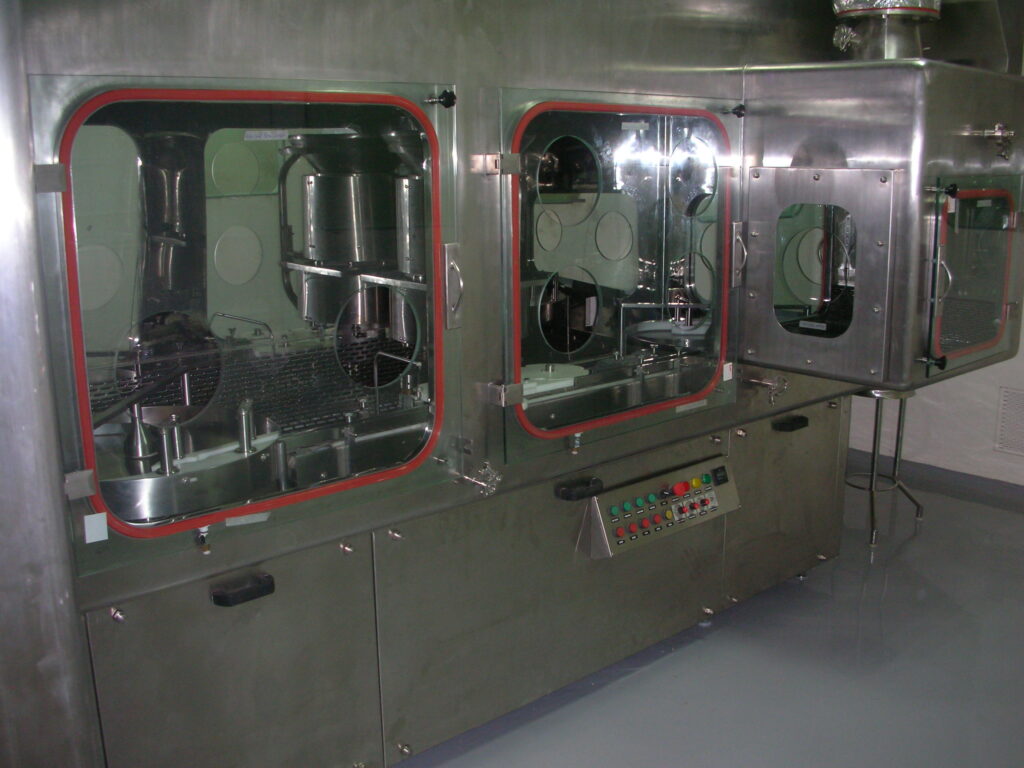
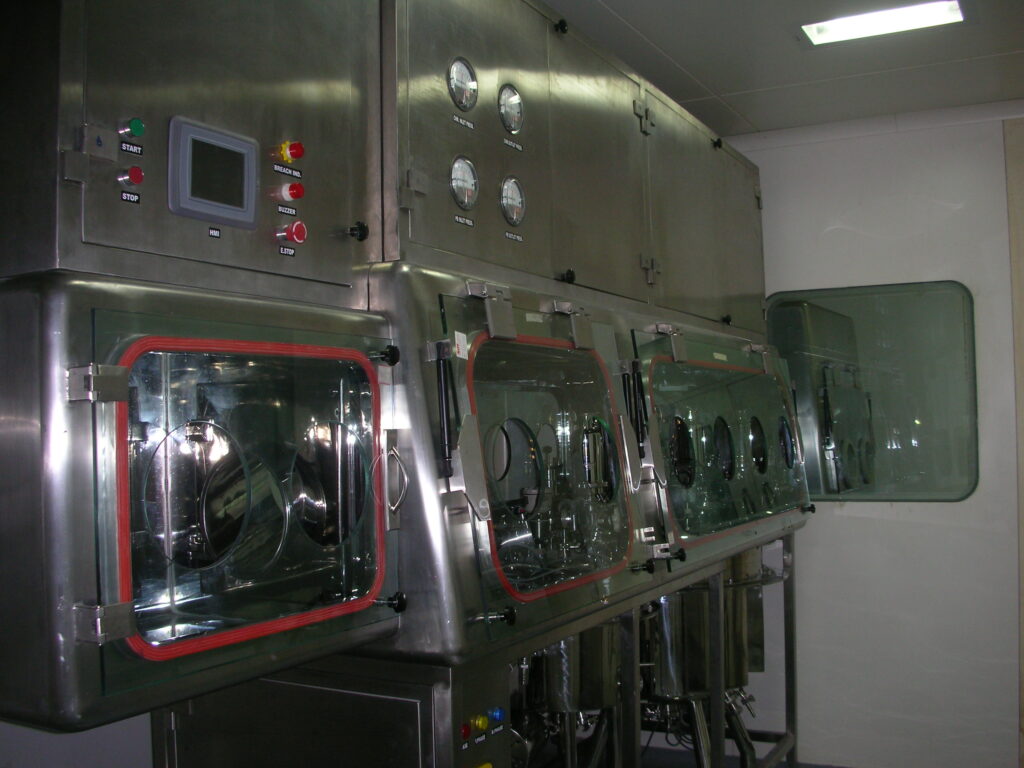
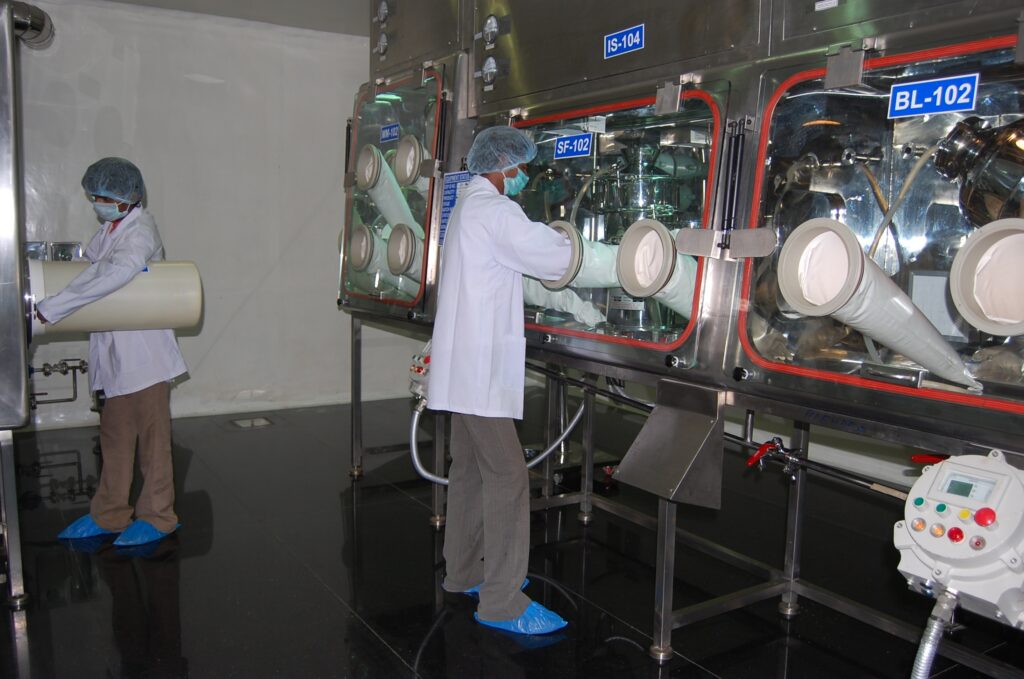
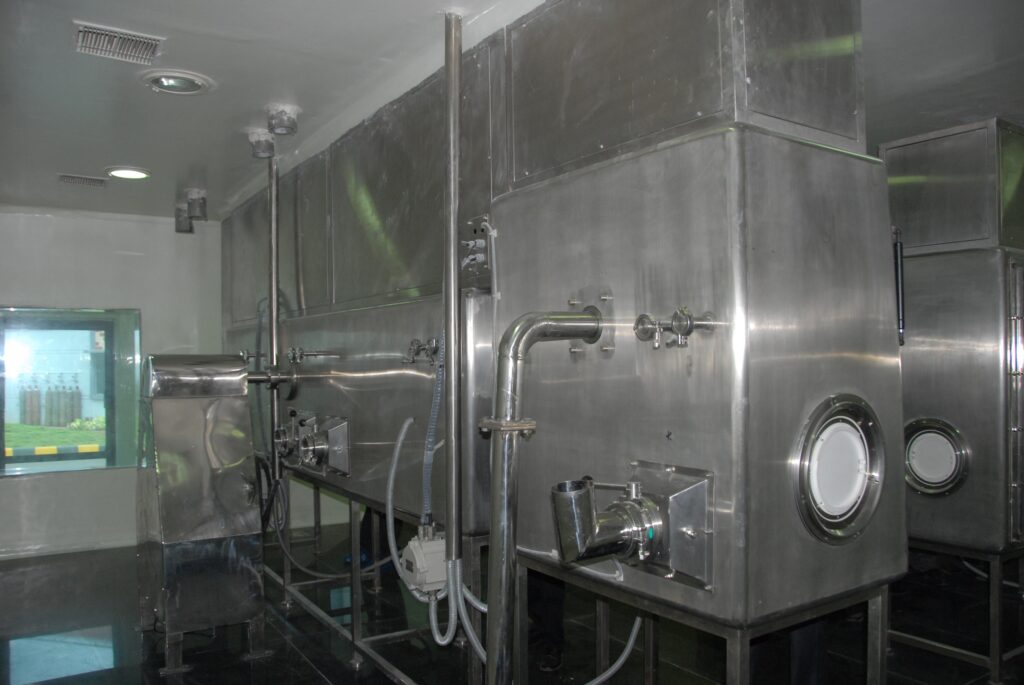
We at Raghavendra can design and manufacture pharmaceutical isolators that perfectly meets your needs by opting for a custom-made equipment. The device, options and accessories delivered can match your exact process requirements.
Key Customers






